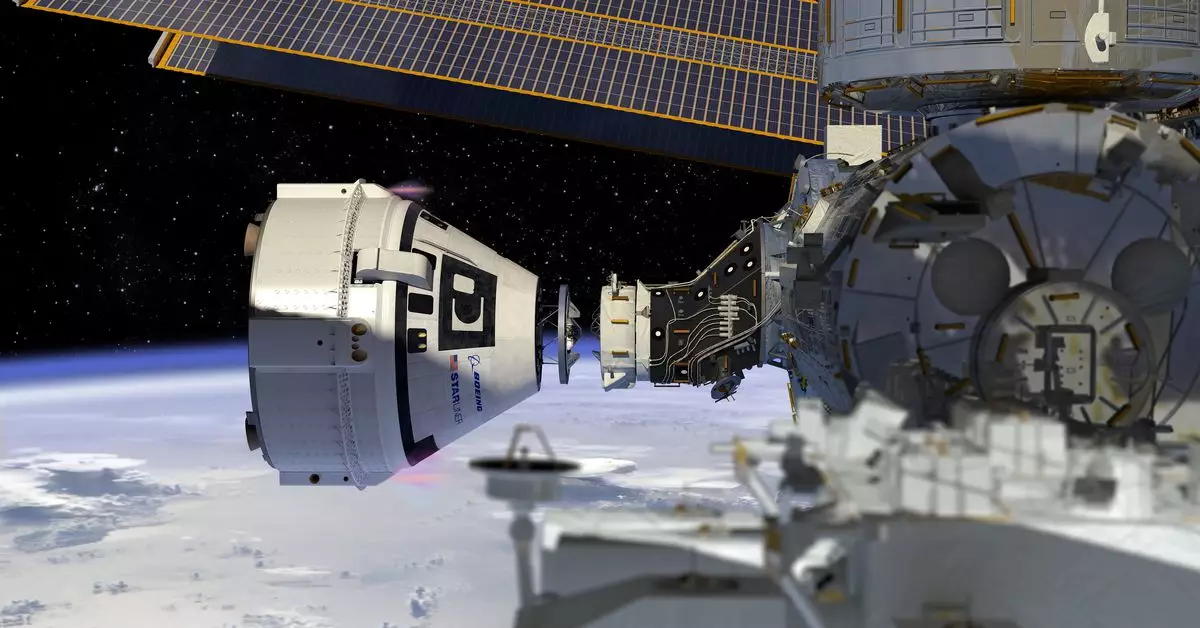NASA’s recent announcement about the return of US astronauts Sunita Williams and Barry Wilmore from the International Space Station (ISS) has brought to light the complexities and challenges faced by the space agency. The decision to bring back the astronauts with the SpaceX Crew-9 mission next February, after spending over 80 days aboard the ISS, was not made lightly. According to NASA Commercial Crew Program manager Steve Stich, the decision was driven by a growing understanding of the uncertainties surrounding the Starliner spacecraft’s thrusters. The need for a safe return for the crew ultimately led to the choice of an uncrewed testflight.
Addressing the press, NASA Associate Administrator Ken Bowersox acknowledged the tense discussions and emotional investment in the decision-making process. The close call between returning the astronauts on the Starliner and opting for the SpaceX mission generated a healthy discourse within the agency. Bowersox emphasized the importance of keeping the team together after such a difficult decision and expressed NASA’s commitment to continuing to work with Boeing. However, rebuilding trust in Boeing’s capabilities remains a challenge, especially in light of the disagreements over risk evaluation.
The setbacks faced by the Starliner spacecraft, including thruster failures, helium leaks, and valve issues, have highlighted the need for a thorough understanding of spacecraft performance and reliability. NASA’s decision-making process involved weighing the risks associated with returning the crew on the troubled spacecraft versus opting for an alternative mission with SpaceX. The importance of accurate data and predictive modeling in ensuring crew safety cannot be understated, as evidenced by the uncertainties surrounding the Starliner’s thrusters.
Stich’s comments on Boeing’s model building and risk assessment underscore the challenges faced in evaluating spacecraft performance for crewed missions. The differences in risk evaluation approaches between NASA and Boeing highlight the need for a unified understanding of safety standards and protocols. Collaboration between the space agency and its commercial partners is essential for ensuring the success of future missions and the safety of astronauts in space.
NASA’s decision to bring back US astronauts from the ISS with the SpaceX Crew-9 mission reflects the agency’s commitment to prioritizing crew safety and mission success. The challenges and uncertainties faced during the decision-making process serve as valuable lessons for future space exploration endeavors. By addressing trust issues, improving risk evaluation methodologies, and fostering collaboration with commercial partners, NASA continues to pave the way for innovative and successful missions beyond Earth’s atmosphere.


Leave a Reply